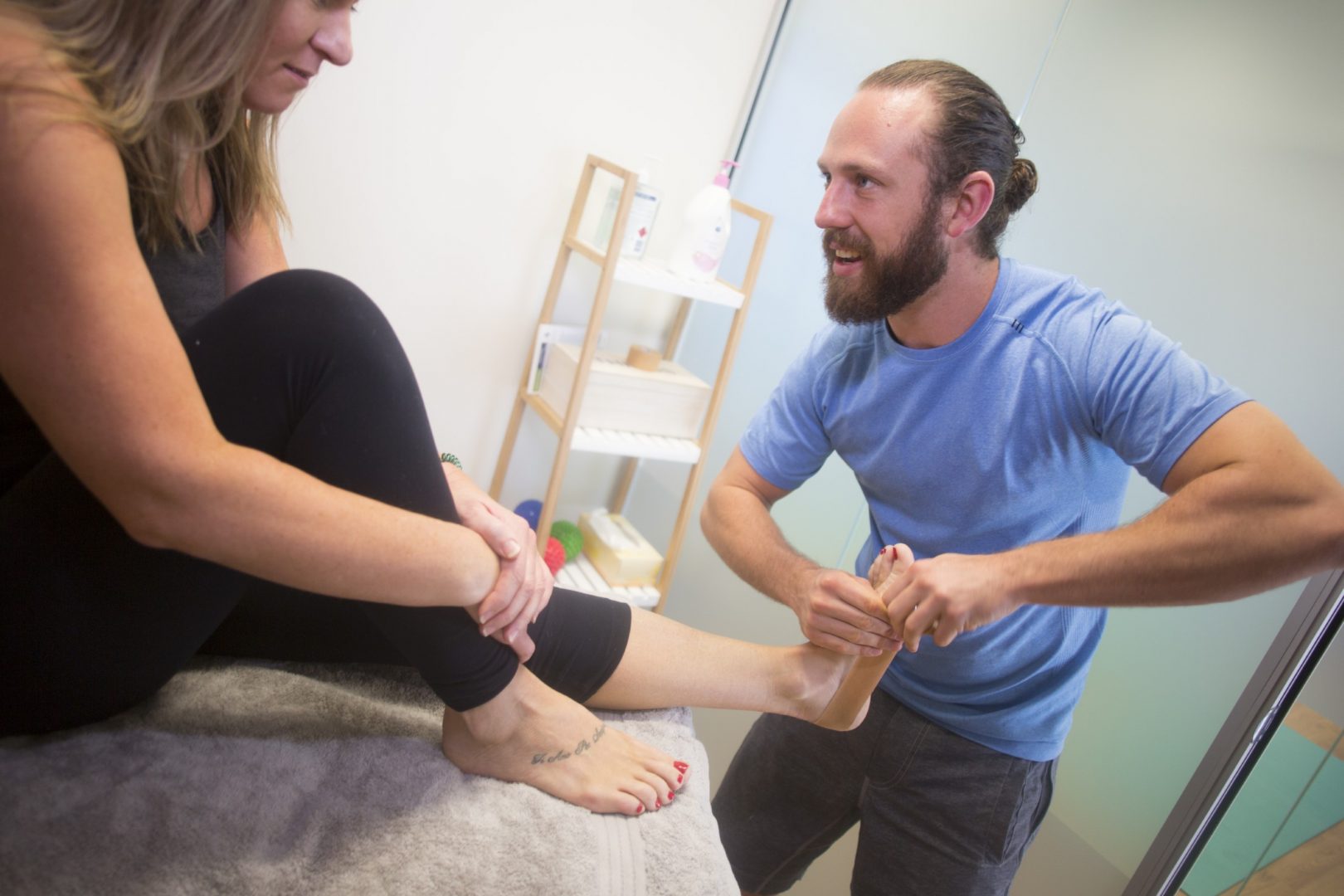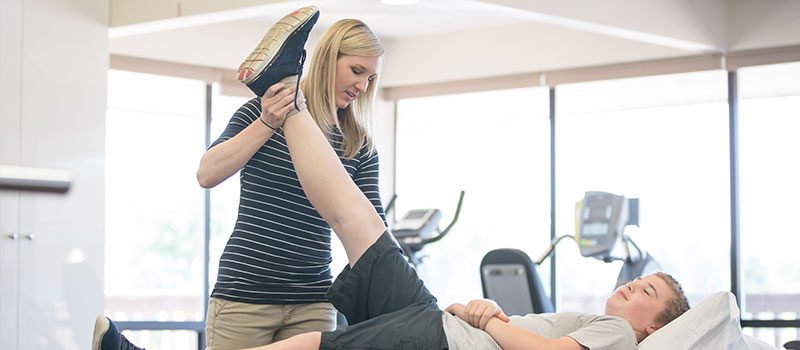The question has a trick, because it’s clear that there’s no single answer. Depending on the type of injury and the characteristics of the person, the total number of physiotherapy sessions can vary considerably.
However, I want to ask the question to make some reflections that I think may be of interest to you about how many physiotherapy sessions are necessary to recover from an injury.
Physiotherapy sessions More is better?
If we ask for the number of physiotherapy sessions, for example, to a health insurance company (either public or private) it seems that the answer will be a multiple of 5 calculated more or less by what someone intuits that it may take improve injury.
Physiotherapy recipes of 5, 10, 20 sessions … With subsequent review to assess the are common, but, as in many things in life, quantity does not have to be associated with quality, since it depends a lot on the treatment time and of the specific treatment carried out, in addition to being fundamental the characteristics of the physiotherapist.
Prescribing physiotherapy sessions such as donuts, so that later these are short-lived and without giving the opportunity to individualized treatments can be a good way to receive dozens of sessions without noticing significant changes. Without a doubt, this system is not the best to calculate how many sessions will be necessary to recover from an injury.
Healing times
No matter how good the physical therapist is, there are injuries that require minimal treatment and recovery time. For example, a bone fracture requires us to wait for the bone to repair and consolidate, something that takes time (even several months in some cases).
Other injuries, such as torn ligaments, menisci … You need a minimum time (months) to be able to resume the effort, although during all the time you can work with physiotherapy to minimize the sequelae and speed up recovery as much as possible.
In these cases, a good physiotherapy assessment is very important to be setting the objectives of each stage of recovery, and to work to optimize times without risking more than necessary.
In Physiotherapy, sometimes less is more
A good physical therapist will spend a lot of time a few sessions evaluating and reevaluating. But this is not time lost from treatment, it is what directs and gives meaning to treatment.
With a good assessment, the physiotherapist will be able to work more specifically on the problem. With the active collaboration of the patient (he must be involved) and having time to carry out a session in conditions (no rush or 5 minutes per patient) you can achieve significant improvements in a few sessions.

Patient education and “homework” are also very important; that is, exercises and activities that the physiotherapist instructs the patient to perform at home, to maintain the improvements achieved in the treatment sessions, making the patient need fewer sessions, but are of higher quality.
In the end, rather than talking about the number of sessions, I ended up talking about their quality, which is what is really going to influence the recovery to be better and to be achieved in less time.
And you, have you had a sports injury? How many sessions did you need to recover?
What are the benefits of treating injuries with physical therapy?
It is good to be very clear about what benefits are obtained when treating injuries with physiotherapy to become aware and turn to a physiotherapist in Newcastle to treat injuries caused by sports practice.
There is the false idea that a physical therapist can only perform massages and use some trick with hot cloths to relieve our pain. Instead, this is a proven science with wide application in the world of sport for the treatment of injuries with physiotherapy
We all know that carrying out a sport we are running the risk of any injury, so it is highly recommended that you know your benefits to prevent, treat or recover from injury physiotherapy
If you are an athlete who is under the possibility of suffering an injury and you want to know what benefits are obtained when treating injuries with physiotherapy, then you are in the right place.
Using the popular saying “prevention is better than cure”, we have physiotherapy for injury prevention. This consists of performing a series of exercises previously supervised by your physiotherapist in Newcastle.
But in addition to performing these prevention exercises, they must be done well and in due course, even so there is still a risk of injury due to other risk factors that exist in the practice of all sports. Then, at this moment in which the injury appears, is when the hand of the physiotherapist will appear to practice the corresponding injury treatment, normally it begins with the practice of an ultrasound in the damaged area.
One of the most palpable benefits in the world of physiotherapy is the reduction of visits to the doctor during the injury, since the treatment and recovery work will be carried out by means of a multidisciplinary team made up of a doctor and a physiotherapist.
For the benefits of the treatment to be real, the appropriate therapy must be applied to each type of pathology that the patient may suffer, so that it has a quick effect and recovery is as soon as possible.
The role of physiotherapy in the treatment of injuries is crucial in the rehabilitation phase of the injury, for a correct restoration of the anatomy and physiology of the body, a safe return to normal activity of the athlete and to reduce the chances of relapse of the athlete. athlete after returning to sports activity.
Another advantage of applying physiotherapy techniques after ultrasound in injuries derived from sports is that the athlete does not abandon physical activity for long, so the risk of suffering some type of muscular atrophy, resulting injuries is significantly reduced. from poor posture or even falling into depressed states from downtime.
You may also be interested on reading: Effective and professional plumber – how to choose the good one?





Recent Comments